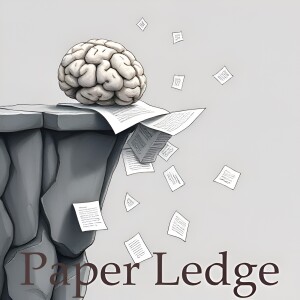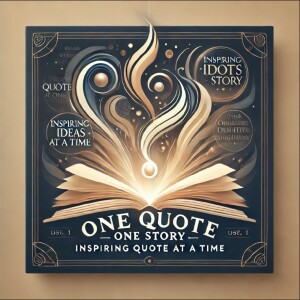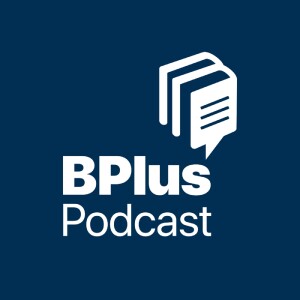

Computation and Language - Deconstructing Self-Bias in LLM-generated Translation Benchmarks
Hey PaperLedge crew, Ernis here, ready to dive into some fascinating research that's got me thinking! We're talking about how we test and compare those super-smart AI language models, like the ones that write emails, translate languages, and even help you write your grocery list.
So, these language models are getting really good, right? They're acing all the tests we throw at them. But how do we know which one is really the best? Well, for a while now, we've been relying on these "benchmarks"—essentially, standardized tests—to rank them. Traditionally, these benchmarks were carefully crafted by humans, but that's slow and expensive.
Now, imagine this: what if we could get another AI to create these benchmarks? That's the idea behind using LLMs—Large Language Models—to generate these tests. It seems like a brilliant way to speed things up and save money. But... there's a catch.
This paper highlights a pretty significant problem: these AI-generated benchmarks seem to be biased. And not just a little. They tend to favor the very model that created the benchmark in the first place. It's like letting a student write their own exam – they're probably going to ace it!
The researchers focused on translation tasks – seeing how well these AI models can translate from one language to another, especially for low resource languages.
Think of it like this: imagine you're trying to find the best chef in town. Instead of having a panel of impartial food critics create a menu, you let each chef create their own menu and then judge their own cooking! Seems a bit unfair, doesn't it?
The researchers found two key reasons for this bias:
- The test data itself that's generated by the AI is biased.
- The way the AI evaluates the translations is also biased.
And here's the kicker: when you combine these two biases, they amplify each other! It's a double whammy of unfairness.
Now, here's where it gets really interesting. The researchers discovered that the bias is stronger when the AI is translating into English, compared to translating out of English. Why? Because these AI models are often trained and developed primarily in English. They're more comfortable and capable generating in English, so they create benchmarks that favor their own English skills.
It's like a basketball player who's really good at shooting free throws creating a test that's all about free throws. They're going to look amazing, but it doesn't necessarily mean they're the best all-around player.
“Self bias in LLM as a benchmark is heavily influenced by the model's generation capabilities in the source language.”
The paper also points to the diversity of the source text as a factor. When the source text used to create the translation benchmark is limited and repetitive, the bias gets worse. If the AI only knows how to translate a few phrases, it's going to create a benchmark that revolves around those phrases, giving itself an unfair advantage.
- Self bias originates from the generated test data and the evaluation method.
- Bias is stronger when translating into the AI's primary language (often English).
- Low diversity in the source text worsens the self bias.
The good news is that the researchers suggest that increasing the diversity of the source texts can help mitigate this bias. So, by feeding the AI a wider range of information, we can help it create fairer and more accurate benchmarks.
So, why does all this matter? Well, if we're relying on biased benchmarks to evaluate these AI models, we might be making the wrong decisions about which models to use and invest in. It could lead us down the wrong path in AI development, especially when it comes to supporting low resource languages.
Think about it: if a company is deciding which AI translation tool to use for their international business, they need to be sure they're getting an accurate comparison. Biased benchmarks could lead them to choose a less effective tool, simply because it performed well on a rigged test.
Here are a couple of questions that this research raises for me:
- How can we develop better methods for detecting and mitigating bias in AI-generated benchmarks?
- What are the implications of this bias for the development of AI in low-resource languages? Could it unintentionally create a digital divide?
This paper really highlights the importance of critical thinking when it comes to AI. We can't just blindly trust these systems – we need to understand how they work, where their biases might lie, and how to ensure they're being used fairly and ethically. Food for thought, right PaperLedge crew?
Credit to Paper authors: Wenda Xu, Sweta Agrawal, Vilém Zouhar, Markus Freitag, Daniel Deutsch
More Episodes
All Episodes>>Create Your Podcast In Minutes
- Full-featured podcast site
- Unlimited storage and bandwidth
- Comprehensive podcast stats
- Distribute to Apple Podcasts, Spotify, and more
- Make money with your podcast












